Guest Author – July 16, 2021
Forever synonymously linked to freedom, adventure, authenticity, and passion. This devotion for the Jeep brand stems from the unique experience that is hard to find in other brands. The “civilian Jeeps” have quite a following. These Jeepsters are a very social group with their own unique ways of showing their unity. Designed to prioritize the freedom given by off-road mobility combined with an awesome driving experience is what ultimately became what Jeeps are known for to this day.
Throughout the history of Jeep, there have been several unique models that have stood out to enthusiasts to date—the Jeep CJ-5, CJ-7, and CJ-8. Birthed from a massive U.S. war effort that brought the entire country together their history and differences among them are interesting and our focus here. Let us delve into why they became so popular so quickly.
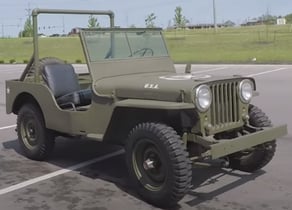
The Jeep brand can be traced back to the early 1940s with World War II on the horizon. The first Jeep vehicle was built by Willys-Overland and was named the Willys MB Jeep. It was insanely popular among military officers and fierce emotional bonds often developed between a soldier and his “jeep” 4×4. The term ‘Jeep’ was coined by the US Army becoming the term for their lightweight 4×4 SUVs.
After the war, Willys-Overland had a massive surplus of war-ready Jeeps. They shifted their attention to the civilian market, believing these vehicles would give farmers and ordinary civilians the same satisfaction U.S. Military Officers enjoyed. Even though the current models are quite different from their predecessors, the unique features and its rugged mobility have been consistent throughout the years.
Jeep CJ-5
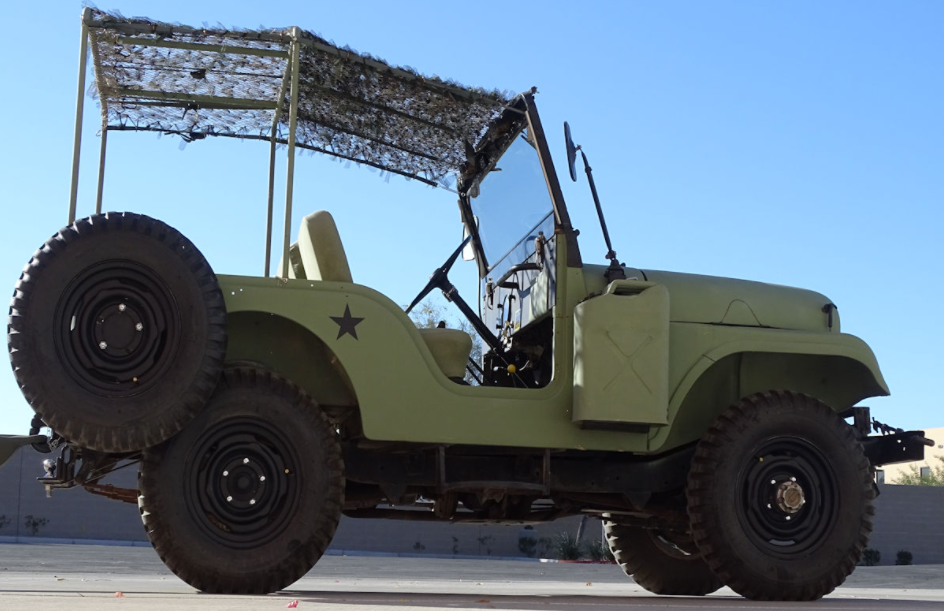
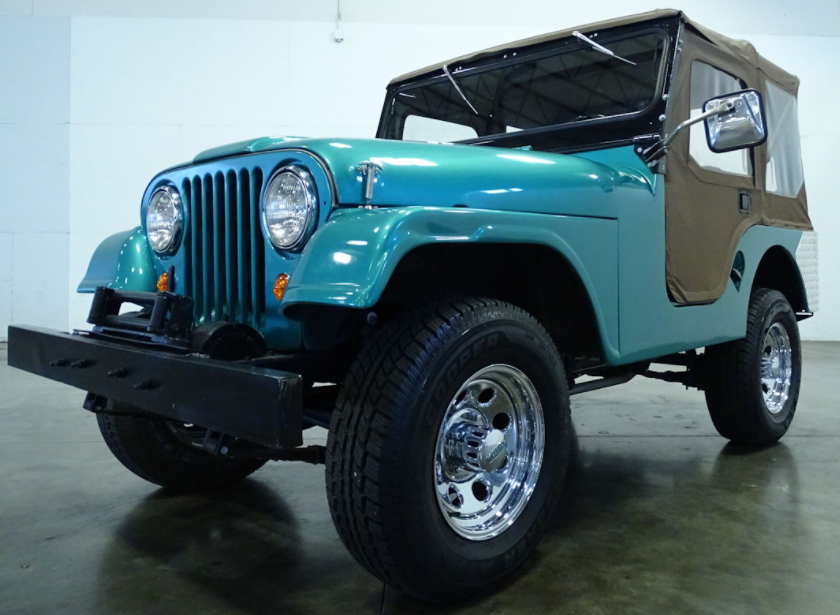
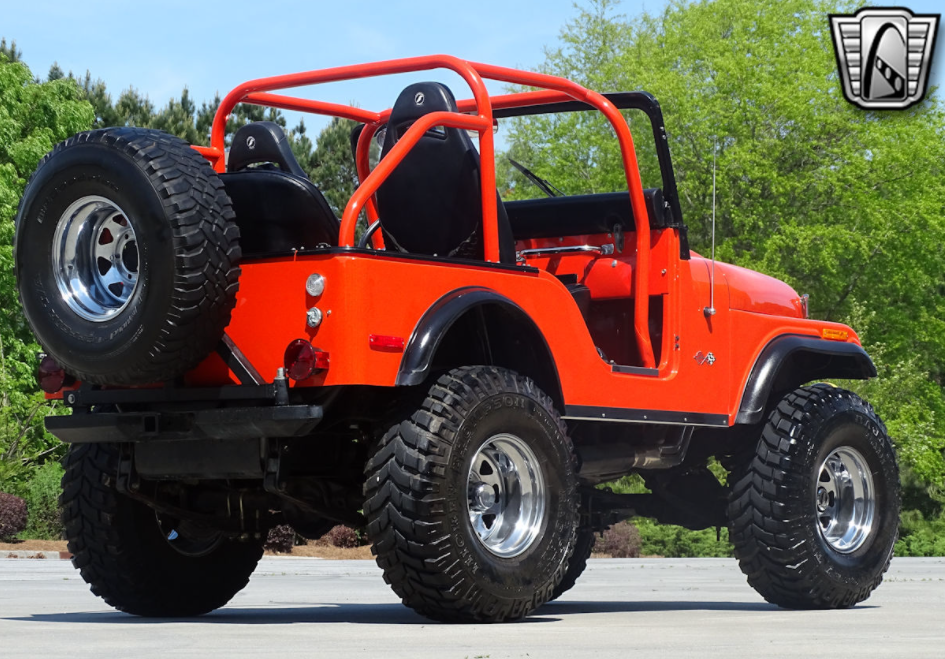
The CJ-5 has the distinct honor of being the longest production run of note. It first touched the road in 1954 and left in 1984. The intent was for it to replace the very popular CJ-3B, although manufacturing of the older version continued.
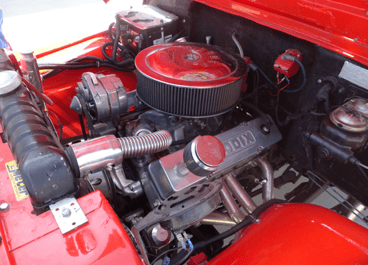
This model was a simple, open-air, two-door SUV that experienced several modifications from 1955 to 1983. First configured with a big 3.7-liter V6 engine, it was a massive improvement from the previous four-cylinder engine. The 1972 model brought more improvements, having a much larger 5.0-liter V8 engine and an expanded 76mm wheelbase to perfectly accommodate the bigger engine. Its stance became broader and even more sought after than before. Other improvements to the driving experience came, such as AM radios introduced in 1973 and air-conditioning in 1975.
Jeep CJ-7
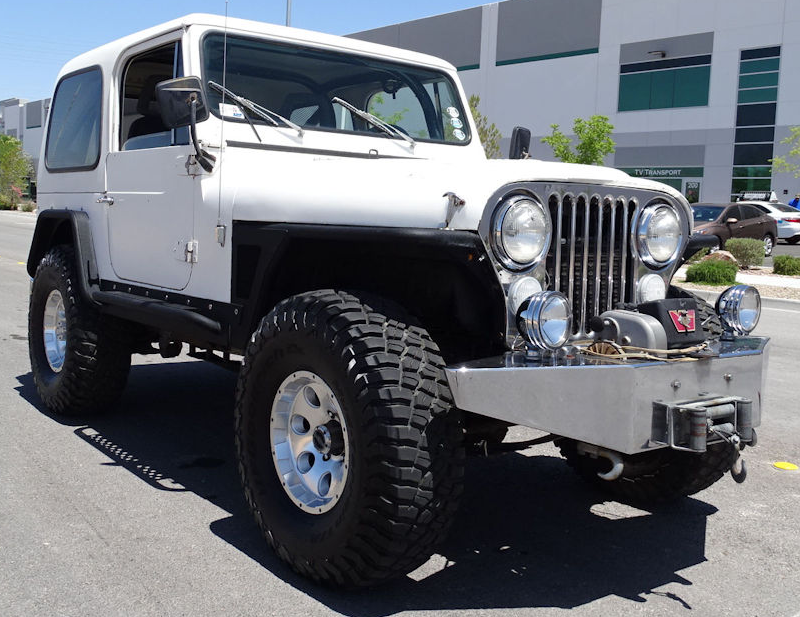
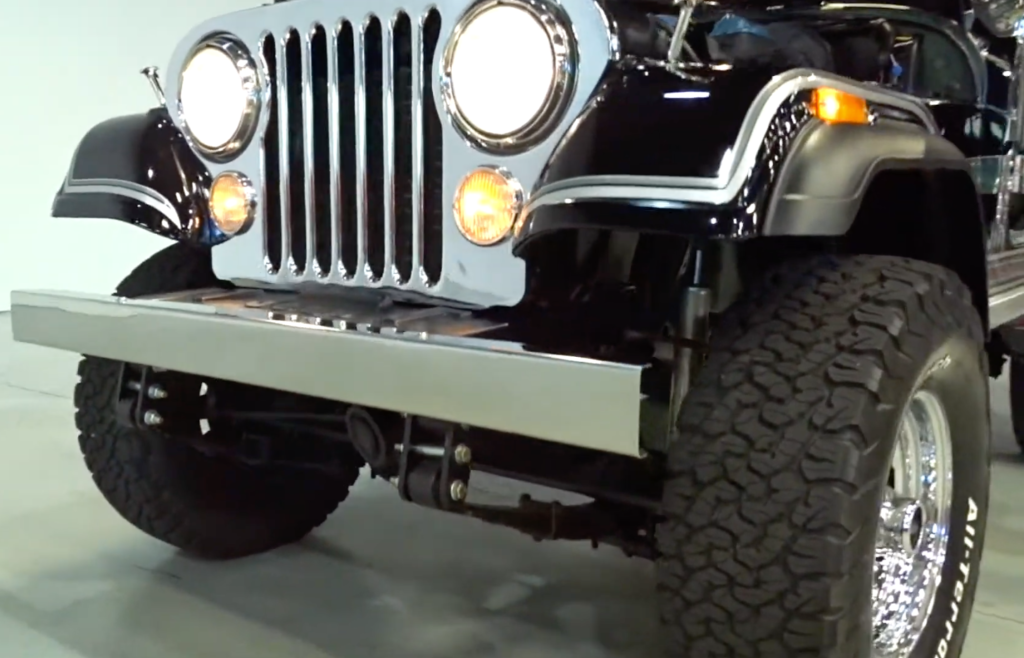
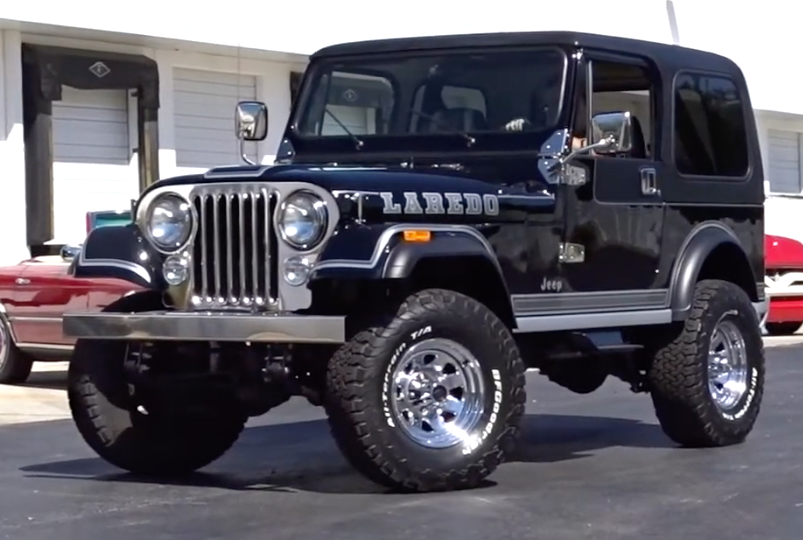
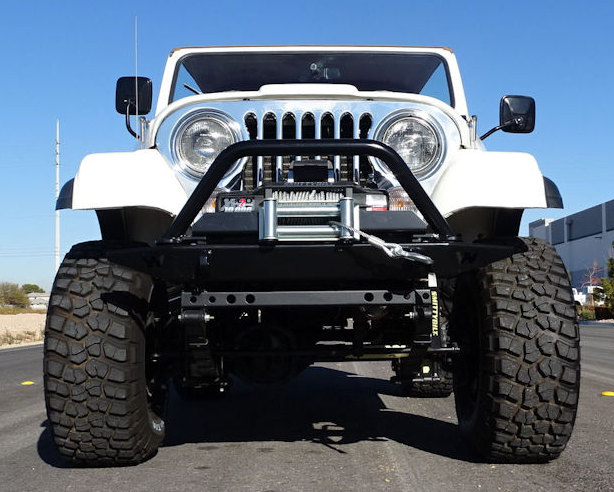
The two-door CJ-7 first hit the road in 1976 as the modern and classic Jeep characterized by being compact, open-body SUVs. Its good looks and enhanced powertrain caused it to quickly become a popular favorite among fans throughout the country. The CJ-7 was the first Jeep that looked more like the current Jeep Wrangler models you see on the roads today, having a larger wheelbase, traditional round headlights, and that broader Jeep stance. Yet, one of the most important innovations in the Jeep CJ-7 was the possibility of having different engine options.
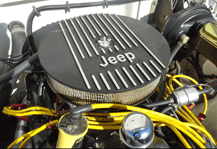
To function effectively and satisfy the expectations of its admirers, the CJ-7 had three transmission options: a part-time two-speed transfer case, an automatic, and a revolutionary automated all-wheel-drive system dubbed Quadra-Trac, making it exceptionally versatile when driven off the beaten path. The CJ-7 used famous and traditional engines, including the renowned 5.0l AMC 304 V8 exclusively found in the Golden Eagle edition and the customary 4.2-liter inline six-cylinder engine found in the Limited trim option.
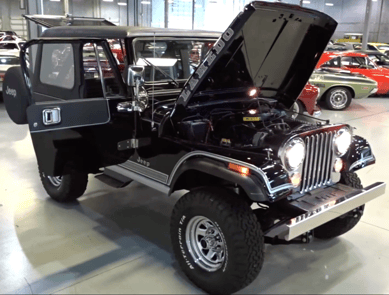
Steel doors and an optional molded hardtop were among the other features of this revolutionary model. The Renegade and Laredo versions of the CJ-7 were differentiated by their distinct body decals. High-back leather bucket seats, a tilting steering wheel, and a chrome kit that comprised the bumpers, front grill cover, and side mirrors were all standard on the Laredo model. A Trak-Lok rear differential was also available as an option and is highly sought after to this day amongst Jeep enthusiasts. The model had a relatively short run compared to its predecessor, the CJ-5. Although it performed exceptionally well in the market, production was stopped a decade later to pave the way for producing innovative new Jeep models.
Jeep CJ-8
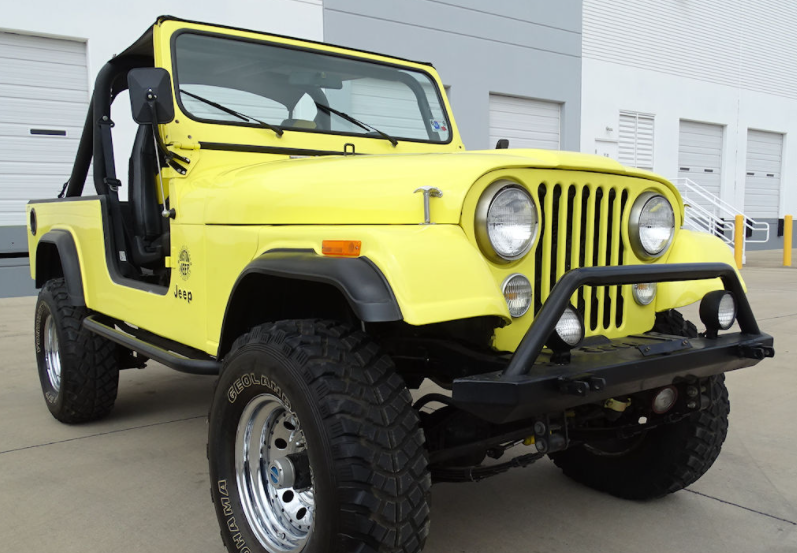
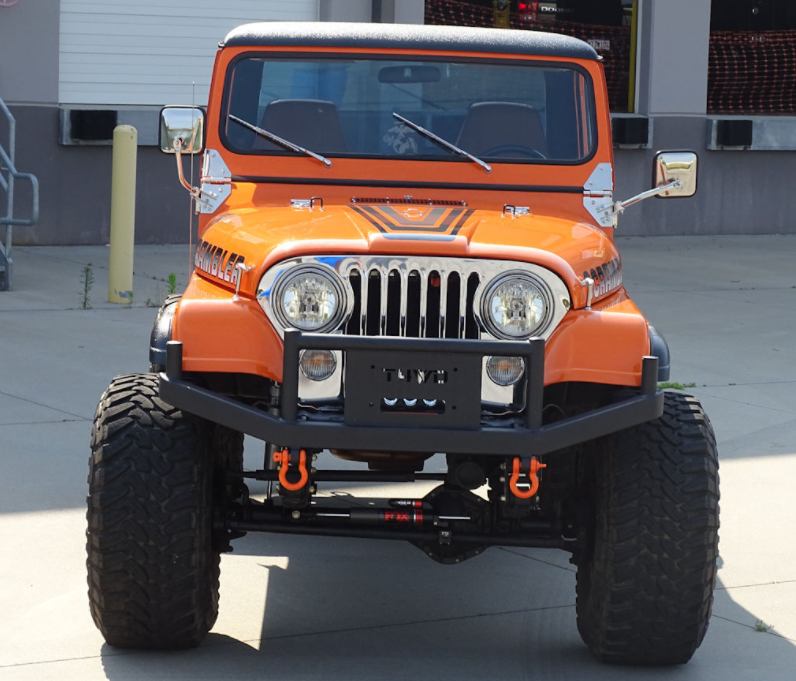
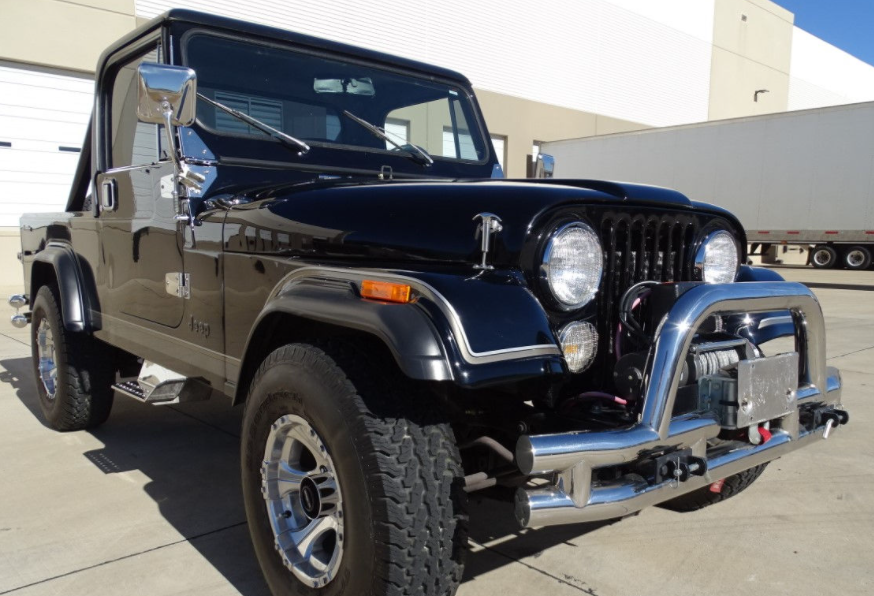
The CJ-8 model is popularly known as the Jeep Scrambler and has an extended wheelbase from the CJ-7. The wheelbase alongside the removable half-cab gave it a unique small pickup appearance without an actual detached pickup bed. This design attracted great attention and improved its market in 1981 drastically.
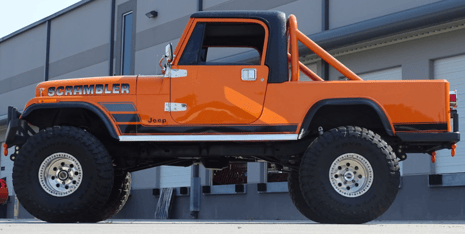
The CJ-8 was configured with graphics running down the lower portion of the body and special edition wheels that differentiated it from the CJ-7 models. It used a classic Pontiac 151 4-Cylinder or the more powerful AMC 258 straight-six engine. Various transmission options were available. Either a four or five-speed manual option with various Borg-Warner and Tremec alternatives, which were almost as popular as the Jeep AX15 transmission that came in the YJ immediately after, as well as a three-speed automatic transmission. The CJ-8 also had a Dana Spicer Model 300 or a Dana 300 Transfer Case.
A full-length steel roof CJ-8 with right-hand drive and automatic gearboxes was built for the Alaskan Postal Service which go for an insane amount at auction nowadays. The steel hardtop had a hinged barn-door opening to the back instead of a rear tailgate. Only 230 were made and sold in the United States. It was also known as the CJ-8 Overlander in Venezuela and Australia, with minor changes such as the Overlander’s full-length back windows that the versions in the states did not have for whatever reason.
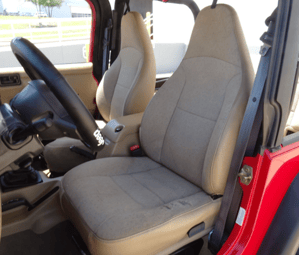
The Jeep brand continued to add additional creature comforts such as rear seat belts and antilock brakes in the succeeding Wrangler generations. The Jeep Wrangler is the current model that replaced the Jeep CJ-8. It is among the most popular types of jeeps and is currently in its fourth generation.
All-in-all, the Jeep’s origin story and its subsequent cult-like followership over the years is something that could only happen in the USA. From a renowned successful war time utility vehicle to one of the world’s most popular and most recognized SUV, the Jeep truly has a legacy like no other. The CJ-5, CJ-7, and CJ-8 Jeeps are the truest testament to the Jeep legacy. They still hold the integrity of the classic CJ but have all the amenities and improved looks that can only come with innovation.
Gateway Classic Cars has several civilian Jeeps available. Click here to find the right one for you and you too can begin your next adventure.

Comments